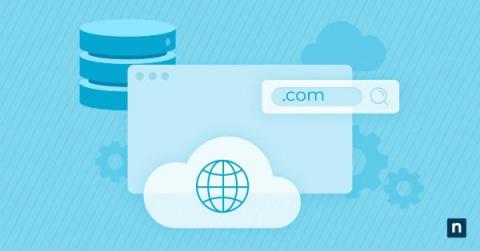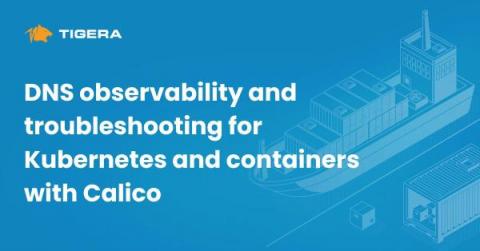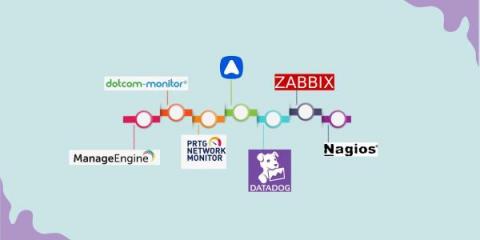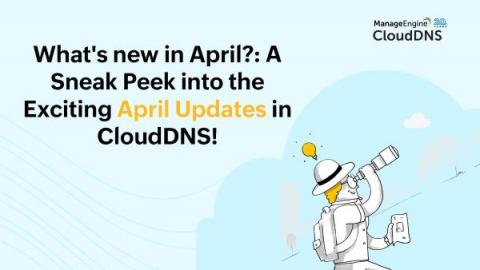How to Identify DNS Issues: The IT Handbook
In the world of the Internet, where every click, request, and data transfer relies on seamless connectivity, Domain Name System (DNS) issues can be the silent disruptors that bring the entire digital ecosystem to a halt. As organizations and individuals become increasingly dependent on the Internet for their day-to-day operations, understanding and troubleshooting DNS problems have become essential skills for IT professionals.











